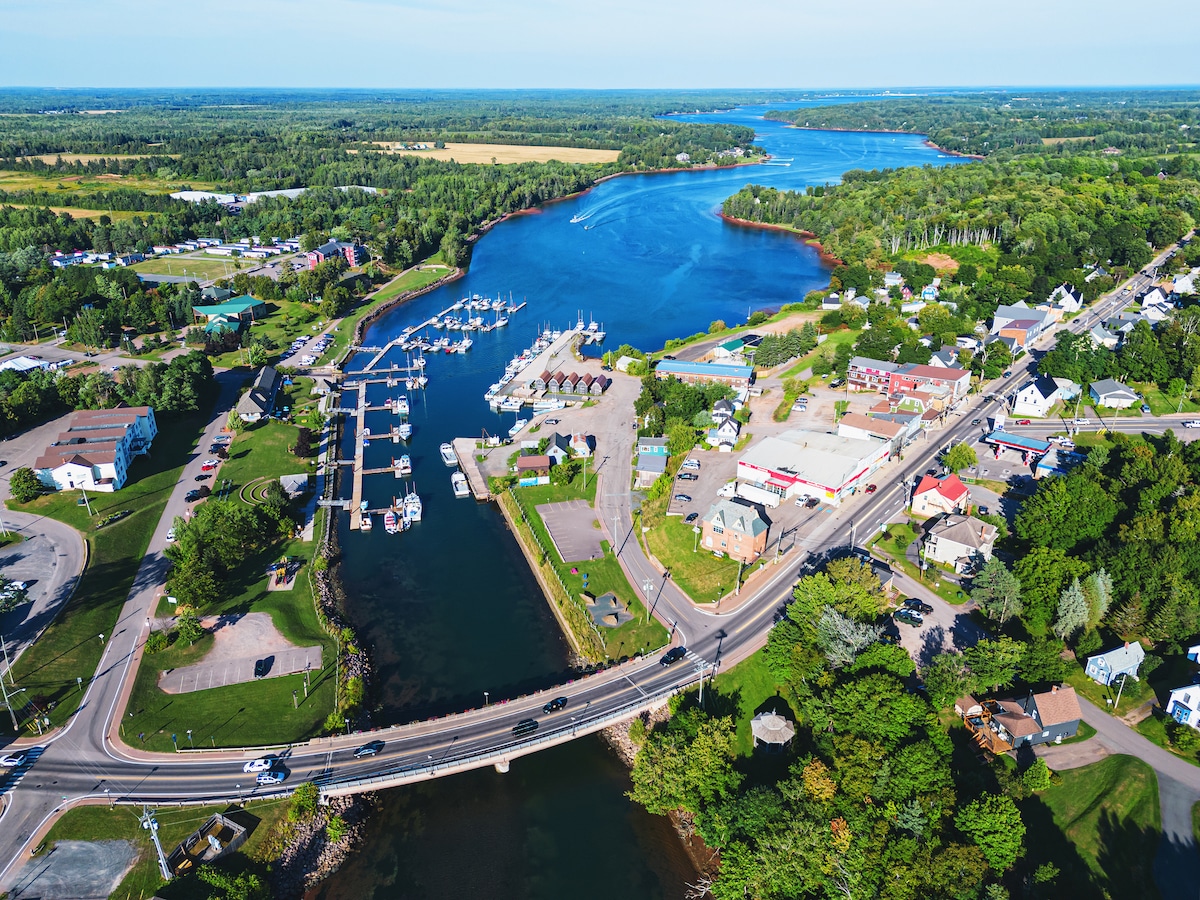Canada Expands Its Pollution Pricing Rules

 Why you can trust us
Why you can trust us
Founded in 2005 as an Ohio-based environmental newspaper, EcoWatch is a digital platform dedicated to publishing quality, science-based content on environmental issues, causes, and solutions.
Canada is strengthening its pollution pricing rules, which include regulatory charges on fossil fuels as well as a fuel charge for industries. The updated regulations will ensure major polluters pay more for their emissions over time, and families who are part of the Climate Action Incentive (CAI) will receive more funds.
The carbon pollution pricing system was enacted in 2019 and sets a federal benchmark for charging polluters. Jurisdictions can either adopt the federal minimum standards or enact stricter guidelines that suit their local needs. The newly updated pollution pricing system will go into effect on April 1, 2023, along with newly announced expansions to the CAI.
According to a statement from the Office of the Minister of Environment and Climate Change, the federal Output-Based Pricing System, which is a performance-based system for a fuel charge for industries, will continue to apply in Manitoba, Prince Edward Island, Yukon and Nunavut.
Alberta, British Columbia, New Brunswick, Newfoundland and Labrador, Northwest Territories, Nova Scotia, Ontario and Quebec will continue using their own carbon pricing systems, and Saskatchewan will transition all required sectors to its own system in 2023.
These changes will bring higher payments to families enrolled in the CAI, which includes about eight in 10 Canadian families.
“What is important about the price on pollution in Canada is that all the revenue is returned to Canadians,” Chrystia Freeland, deputy prime minister and minister of finance, said in a statement. “Eight out of 10 Canadian households who receive Climate Action Incentive payments get more money back in their bank accounts than the price on pollution costs them. And these regular payments particularly benefit lower-income households.”
CAI payments for families of four will increase in 2023 to quarterly payments of $386 in Alberta, $264 in Manitoba, $244 in Ontario and $340 in Saskatchewan. Newfoundland and Labrador, Nova Scotia and Prince Edward Island will become new participants in the initiative, with families receiving $328, $248 and $240 per quarter, respectively.
Rural communities that are part of CAI will receive an additional 10% on their payments to account for limited access to clean transportation, the government announced.
According to the International Monetary Fund, the carbon pricing system will help Canada reach its goals to reduce emissions 30% by 2030 and reach carbon neutrality by 2050. The federal carbon price floor was a charge of CAN$40 per ton on carbon emissions in 2021, and this fee will rise to CAN$170 per ton by 2030.
“Pollution pricing works — it fights climate change, it puts money back in the pockets of Canadians, and it helps grow a strong, sustainable economy,” Steven Guilbeault, minister of environment and climate change, said in a statement.
The CAI was implemented in July 2022 to provide some relief to households struggling with rising living costs and climate-related costs, Environmental Journal reported. The second quarterly installments went out in October.
“We’re fighting climate change, making sure it is not free to pollute anywhere in this country, and supporting families,” Guilbeault said.
Subscribe to get exclusive updates in our daily newsletter!
By signing up, you agree to the Terms of Use and Privacy Policy & to receive electronic communications from EcoWatch Media Group, which may include marketing promotions, advertisements and sponsored content.

 233k
233k  41k
41k  Subscribe
Subscribe 



